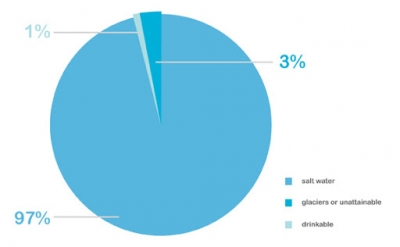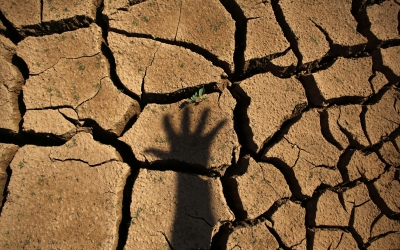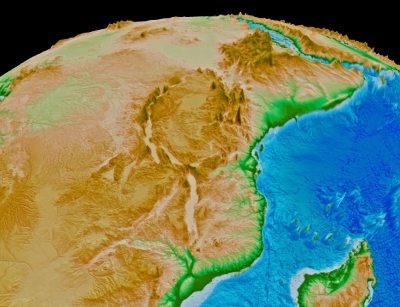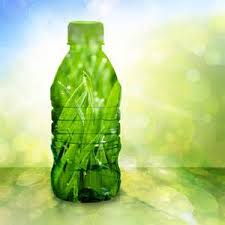How much freshwater do we have?

There's a good reason our planet is called "the water planet- nearly two-thirds of it is covered in water. To quantify it further, that's more than 300 million cubic miles of water. That's quite adequate for humans, isn't it? Well, not really. Because, 97% of it is in the oceans - salty, undrinkable and not usable for cooking or raising crops. Oh, so we have just 3%? Well, not even that much. Because about 2.5% of that is trapped in glaciers, ice caps, the atmosphere, and soil or is inaccessible because it lies very deep under the Earth's surface. So that leaves us - over seven billion humans (and wildlife!) - with less than 0.5%. Do you know how little that is? A report says that if all the water in the world can be equated to 100 litres, then all the freshwater we have access to is about half-a-teaspoon! Our drinking and cooking water sources are groundwater, freshwater lakes, rivers, etc Though water can be seen as a renewable resource, the demand for freshwater has been slowly outdoing how much is replenished naturally, especially through the likes of rain. This is indicative not just of imbalance and a changing planet but also of potential global health and political crisis. That wars could be fought over water may not be a problem of a distant future. Which is why there has been consistent and loud calls for water conservation and recycling universally. The impact of water shortage has been showing, and when the problem becomes even more acute it will affect not just humans but also the plants and animals in it and most importantly, our planet itself as a whole.
Picture Credit : Google


